
Miracle Crafted Under Guidance Of Great Leader Heydar Aliyev - Baikal-Amur Mainline
The realization of this monumental project, which facilitatesthe utilization of the natural resources of Siberia and the RussianFar East, their transportation to areas of demand, and, crucially,revitalizes life in the region, while also serving as the shortestroute between the countries of the Asia-Pacific region and Europespanning a total length of 4,324 kilometers, is a direct outcome ofHeydar Aliyev's unprecedented and concerted efforts.
For its time, this project seemed impossible. The harsh,unfavorable climate of Siberia and the Russian Far East, along withthe complex geological structure of the territories, posedsignificant challenges.
The plan included the creation of new cities and towns, railwaystations, and other infrastructure along the mainline.
All Soviet republics were involved in the construction of themainline. Each had specific tasks assigned in this massiveendeavor. Azerbaijan was tasked with building a settlement at the210th kilometer of the mainline, to be named Ulkan. The project forthe settlement was designed by Azerbaijani architects. Thousands ofyoung Azerbaijanis joined this unique initiative and set off forSiberia.
During his leadership of Azerbaijan, Heydar Aliyev showed keeninterest in the activities of Azerbaijanis involved in the mainlineconstruction. He welcomed the first construction brigade to arrivein those territories in early 1975.
Following his appointment as the First Deputy Chairman of theCouncil of Ministers of the USSR and a member of the Politburo ofthe CPSU Central Committee, Heydar Aliyev assumed the role ofchairman of the State Commission for the Construction of theBAM.
Certainly, construction faced its share of challenges. Manysections of the route had to traverse swamps and dense forests seeping into the tunnels dug by the builders caused bigissues.
To expedite the construction, Heydar Aliyev embarked on a tourof the region from June 3rd to 10th, 1984. During this visit, hemet with workers and specialists, conducting inspections of variousconstruction sites. On July 5th, at a meeting of the Politburo ofthe CPSU Central Committee, his report on the BAM constructionprogress was delivered.
Effectively, this trip marked a pivotal moment in the BAMconstruction. It was the first visit by a top-tier representativeand leader at the Politburo level. Representatives from theministry and relevant committee accompanying Heydar Aliyevwitnessed firsthand his keen focus on construction quality,engaging with workers, and addressing their concerns.
This visit motivated the builders, who were working inchallenging conditions and facing myriad difficulties, leading toan acceleration of their work pace. The image of Heydar Aliyev, amember of the Politburo, navigating the hazardous conditions of a7-kilometer tunnel, wading through knee-deep water was unexpectedand met with enthusiasm.
"We provided updates to the Politburo several times on theprogress of the BAM construction. Heydar Aliyev made multiplevisits to the construction site. There were those who obstructedhim, who opposed him. Some believed that a single-track road shouldsuffice. Heydar Aliyev countered all opposition with reasonedarguments, steadfastly defending his viewpoint. He was a principledindividual overall... In my opinion, he made a significantcontribution not only to the development of Azerbaijan's economybut also to that of the entire USSR," later said Nikolai Baybakov,Chairman of the State Planning Committee of the USSR and DeputyChairman of the Council of Ministers.
During Heydar Aliyev's tenure leading Azerbaijan, at the 210thkilometer of the mainline, where construction was at its peak,Azerbaijanis erected the Ulkan station and the surrounding Ulkansettlement. This settlement's construction was closely monitored bythe esteemed leader himself.
The first construction team from Azerbaijan arrived in theseareas in early 1975. Back then, the settlement of Ulkan was just aname. But now, these places have changed beyond recognition. Theconstruction, involving Azerbaijanis, of a 209-kilometer railwayline was completed two months ahead of schedule.
In his memoirs, Tayar Guseynli, an engineer and the chiefarchitect of the "Angoya" project, reflects:
"The construction of the BAM was in full swing. Our republicsuccessfully built the Ulkan settlement along with its railwaystation on the BAM. Later on, our republic was tasked with buildingthe second station - Angoya. The Ulkan project was entirelydeveloped by our institute, while the Angoya project was developedand approved at the Novosibirsk-based design institute"Sibgiprottrans". Our republic was given the responsibility toconstruct the station based on this project. During those years,the esteemed leader Heydar Aliyev held the position of the FirstDeputy Chairman of the Council of Ministers of the USSR, and hedirectly oversaw the BAM construction. It was revealed that, uponthe instruction of the Central Committee of the Communist Party ofAzerbaijan, the design of the Angoya station building and severalpublic structures in the settlement would be in the style ofAzerbaijani classical architecture. We all understood that thisdirective came directly from Heydar Aliyev, the brilliant son ofAzerbaijan.
Despite the fact that the Baikal-Amur Mainline was put intooperation in 1984, construction work persisted, with new routelines being laid. The inauguration of the Angoya station,constructed by Azerbaijani builders, 40 years ago, was a momentousoccasion for both the construction workers and the localcommunity.
On July 18, 2008, a grand ceremony was held to rename therailway station at Angoya of the East Siberian Railway after theNational Leader of the Azerbaijani people Heydar Aliyev. Acommemorative plaque dedicated to the Great Leader wasunveiled".
Legal Disclaimer:
MENAFN provides the information “as is” without warranty of any kind. We do not accept any responsibility or liability for the accuracy, content, images, videos, licenses, completeness, legality, or reliability of the information contained in this article. If you have any complaints or copyright issues related to this article, kindly contact the provider above.


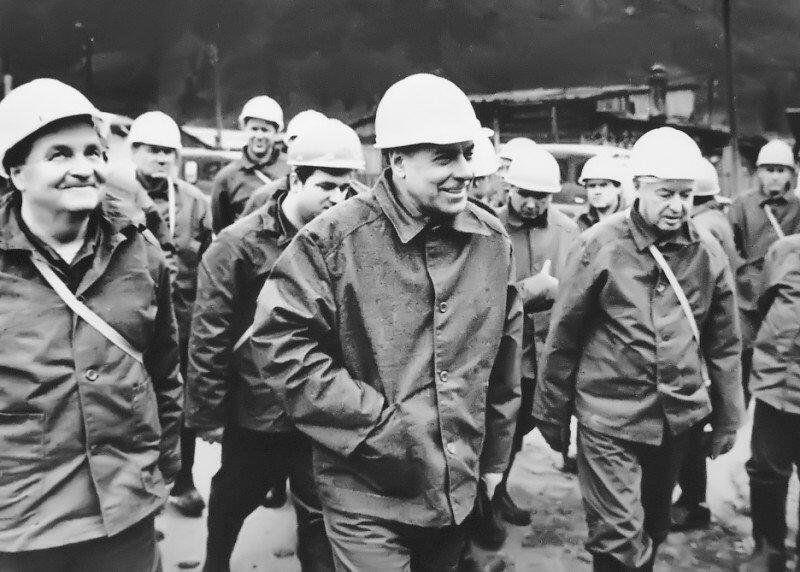
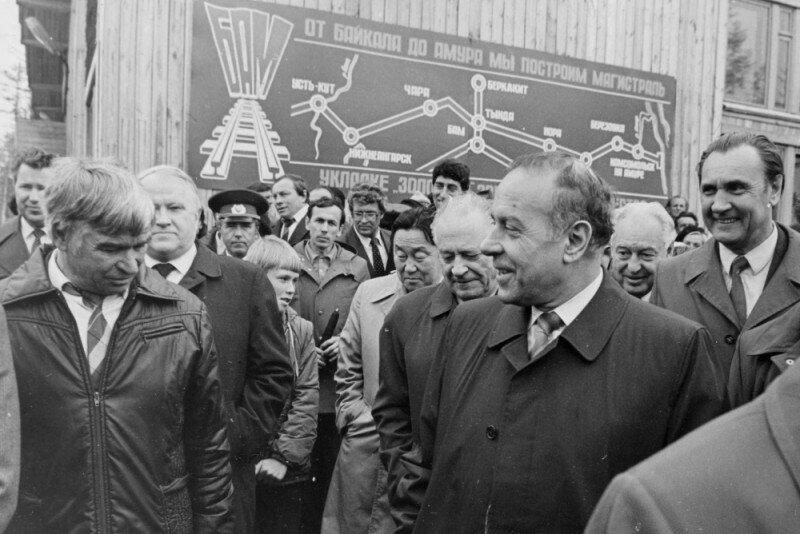
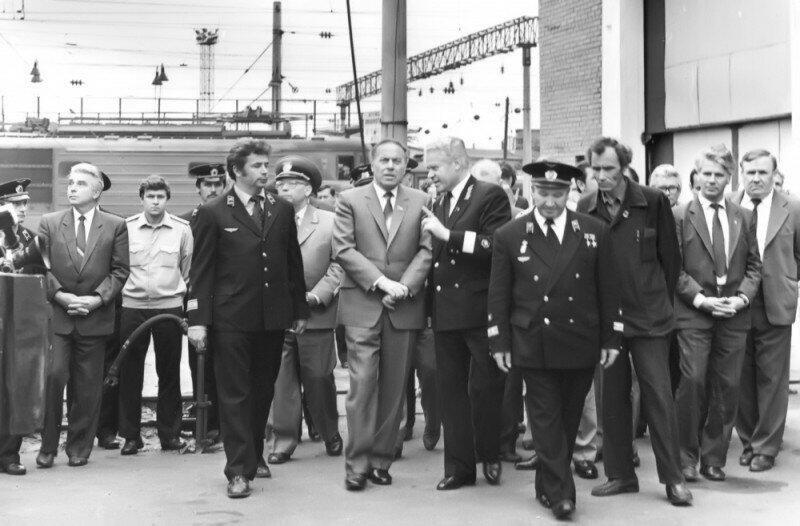
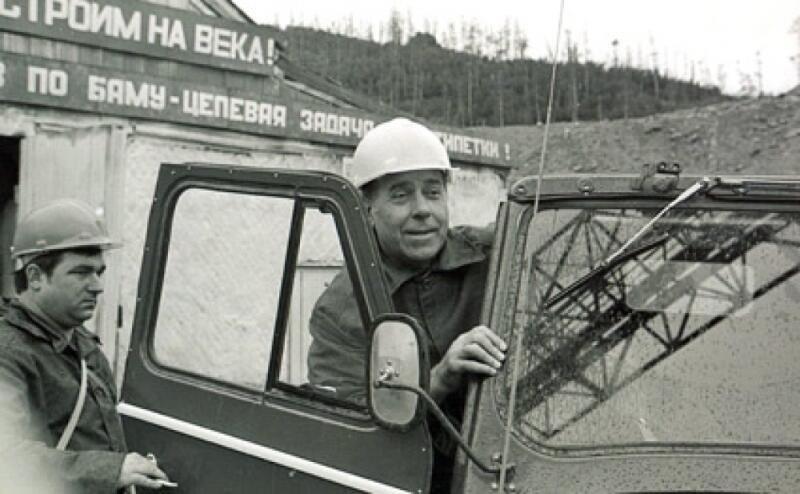
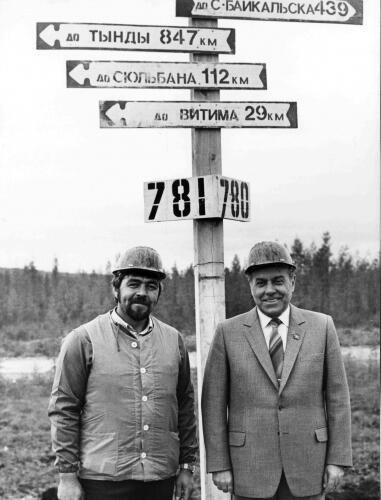



















Comments
No comment